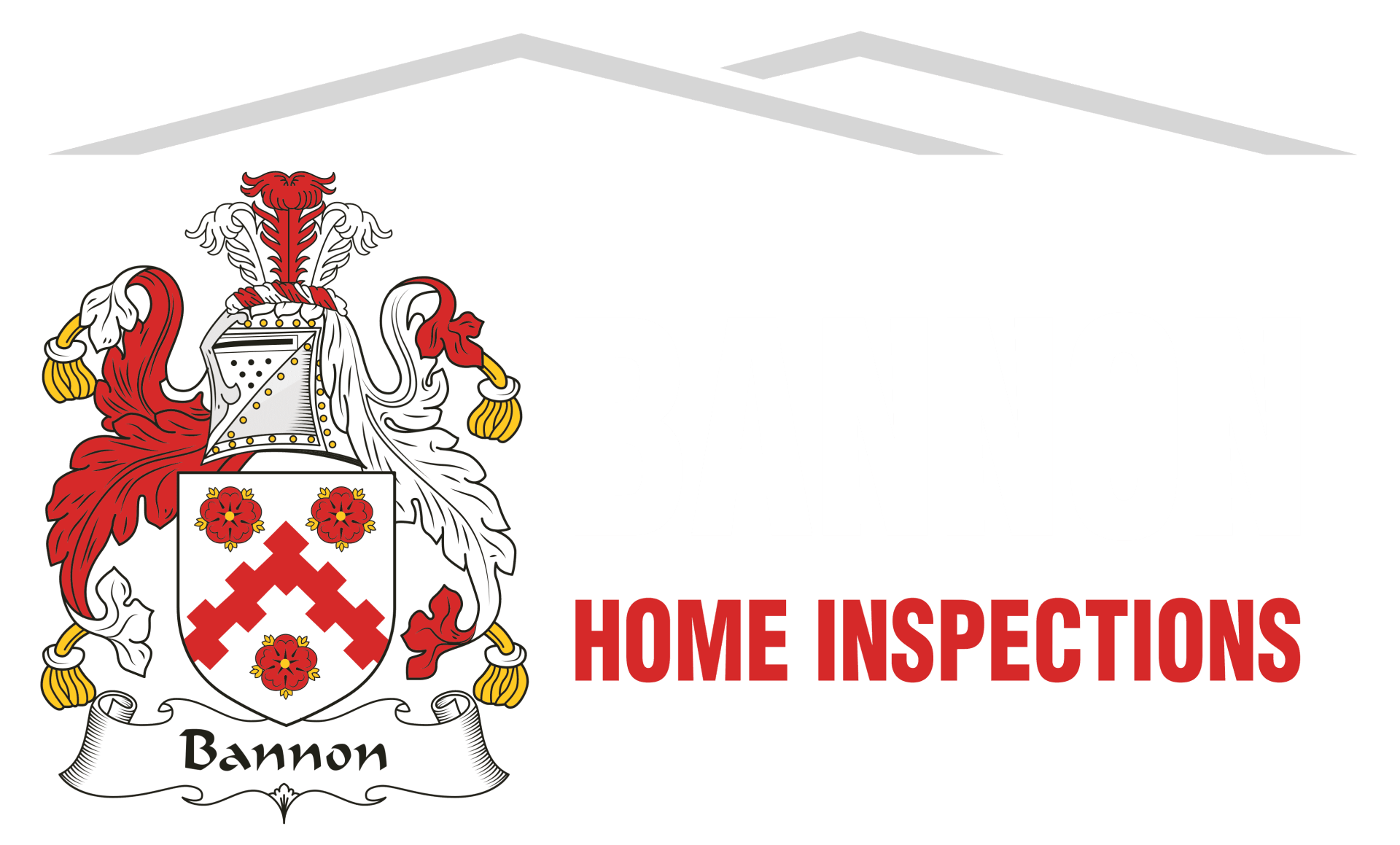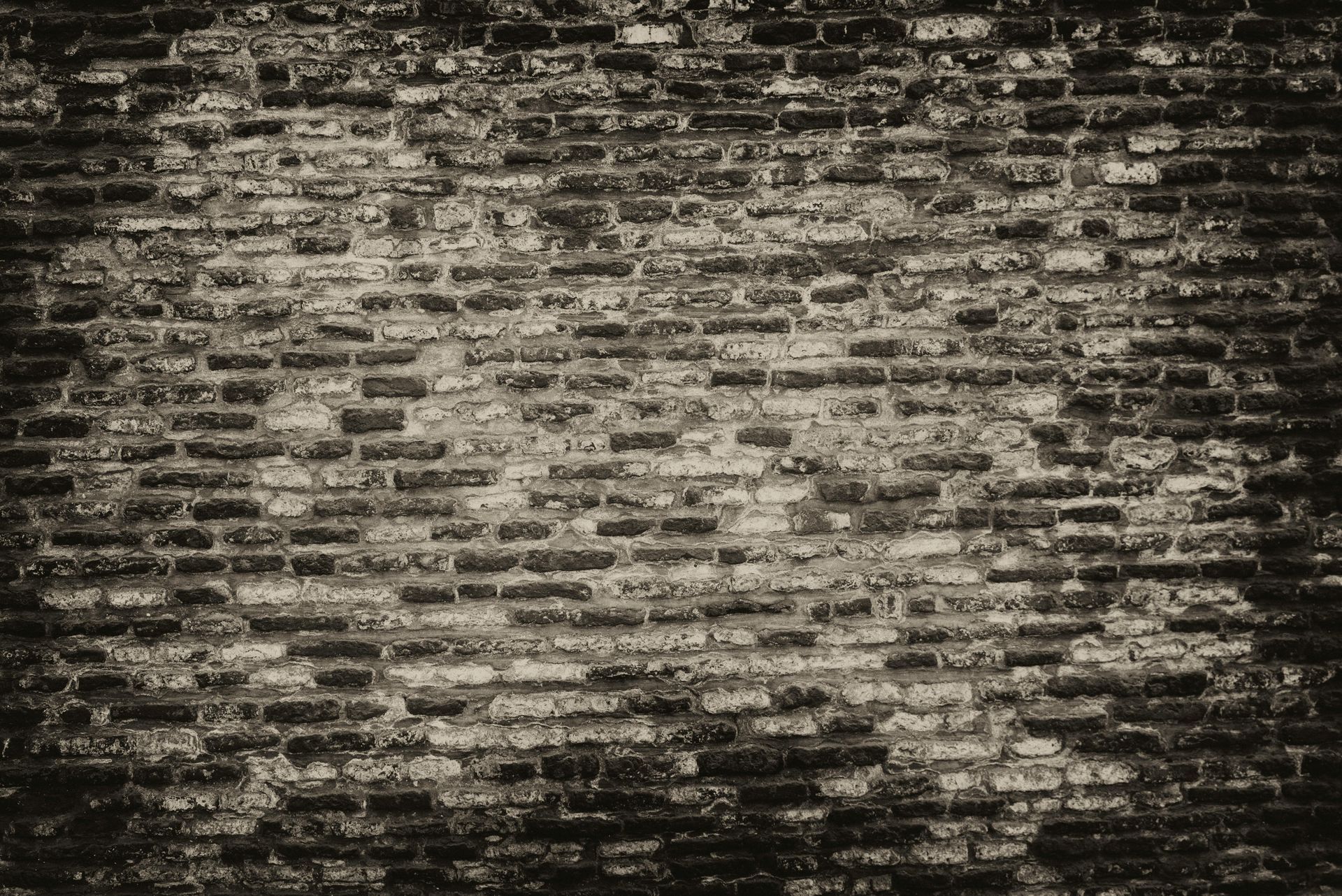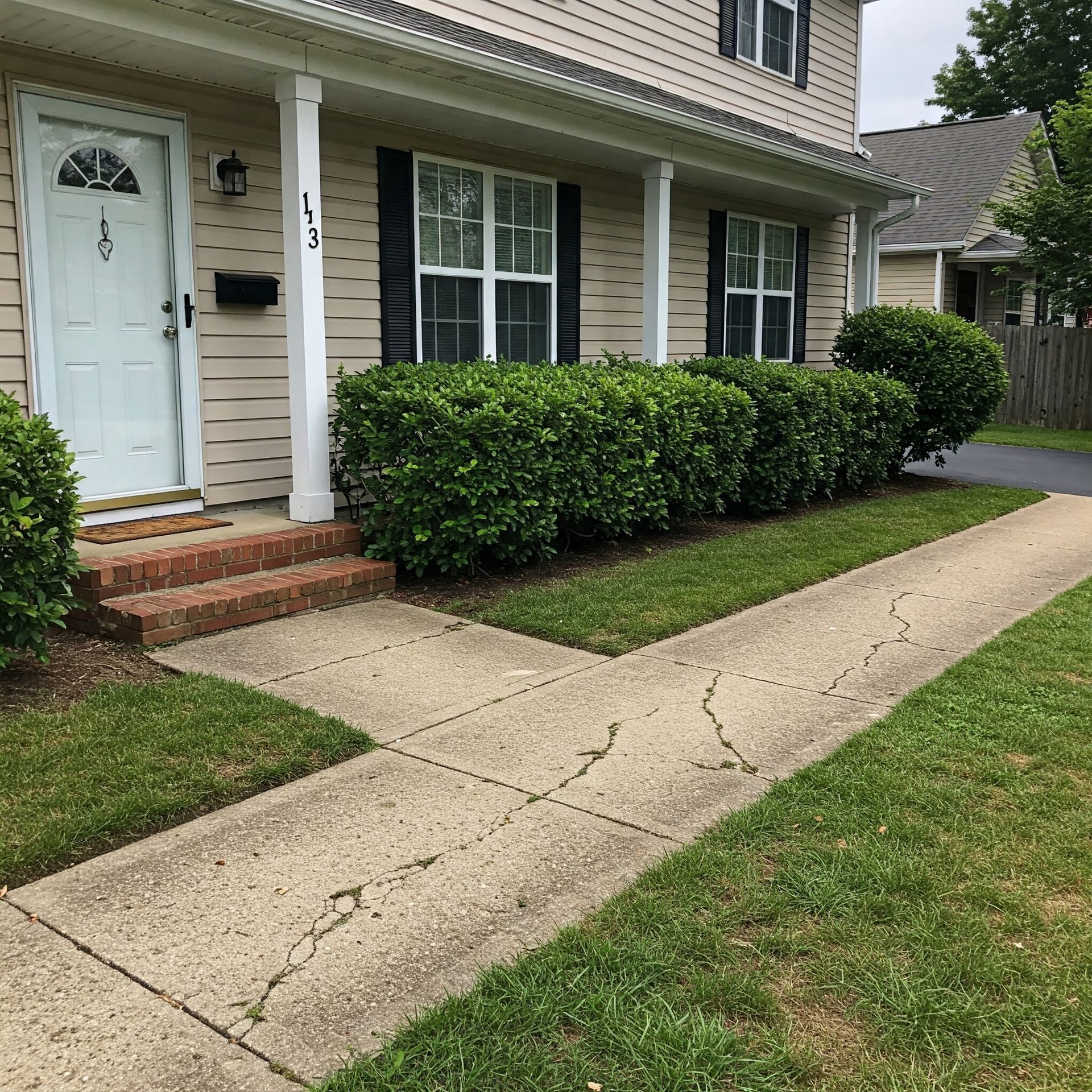How Do Weather Conditions Impact the Duration of a Home Inspection?
5-Minute Read
How Do Weather Conditions Impact the Duration of a Home Inspection?
Home inspections are like detective work—we’re there to uncover potential issues, but sometimes the weather plays a significant role in how quickly we can complete the process. Whether it’s rain, snow, blazing heat, or high winds, weather conditions can either help or hinder an inspection. Here’s a detailed look at how different types of weather impact our work, the timeline, and ultimately, the insights you gain about your home.
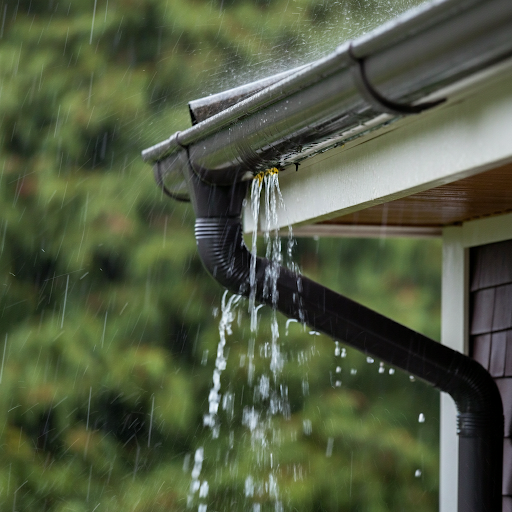
Rain: A Mixed Bag for Inspections
Rain can be both a blessing and a challenge during an inspection.
- What We Observe: Rain helps reveal real-time issues like roof leaks, clogged gutters, poor drainage, or water pooling around the foundation. We often say, “Rain is our free diagnostic tool.”
- What Slows Us Down: Slippery conditions may make roofs or decks unsafe to access. It also means more time spent carefully inspecting interior areas like basements, crawl spaces, and ceilings for water intrusion.
Pro Tip: We use moisture meters to confirm water intrusion during rainy weather.
Duration Impact: Inspections may take longer due to safety precautions and extra time spent evaluating water-related issues.
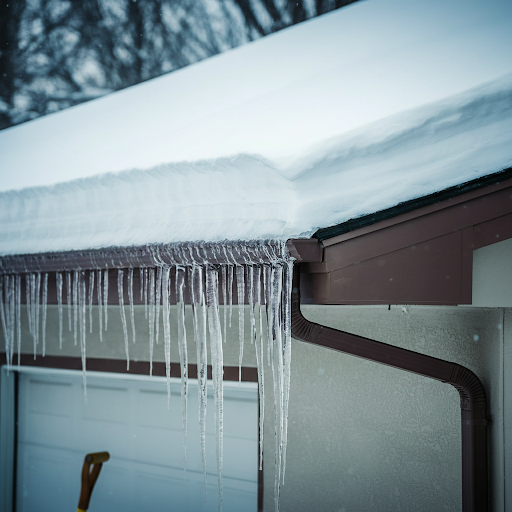
Snow and Ice: When Visibility Is Limited
Snow and ice can make it harder to inspect critical parts of the home, especially outdoors.
- What We Observe: Heavy snow can obscure foundations, walkways, and even roofs, limiting our ability to check for cracks, drainage patterns, and structural integrity. Icicles can indicate poor roof ventilation or heat loss.
- What Slows Us Down: Roof access is often impossible due to safety concerns. In these cases, we use binoculars or cameras to assess visible areas. Snow-covered decks or patios may require clearing for a proper look.
Pro Tip: If snow or ice prevents a full inspection, we recommend a follow-up visit once conditions improve.
Duration Impact: Inspections may be delayed or require additional time for alternative evaluation methods.
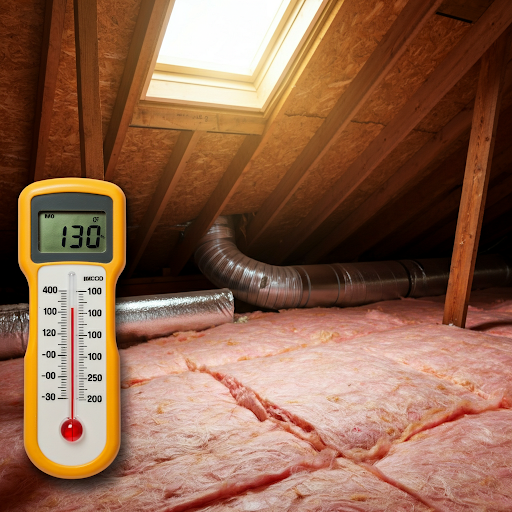
Extreme Heat: Hidden Challenges in Attics and Crawl Spaces
Hot weather poses unique challenges, especially in confined spaces.
- What We Observe: Attics and crawl spaces can become stifling, with temperatures easily exceeding 120°F in the summer. High heat can warp attic insulation, reveal ventilation issues, or exacerbate existing problems like microbial growth.
- What Slows Us Down: Prolonged exposure to extreme heat is unsafe, so we may need to limit the time spent in these areas or take breaks to cool down.
Pro Tip: To ensure a thorough inspection during hot weather, we prioritize efficiency in confined spaces while still giving these areas the attention they deserve.
Duration Impact: Inspections may take longer due to heat-related safety measures.
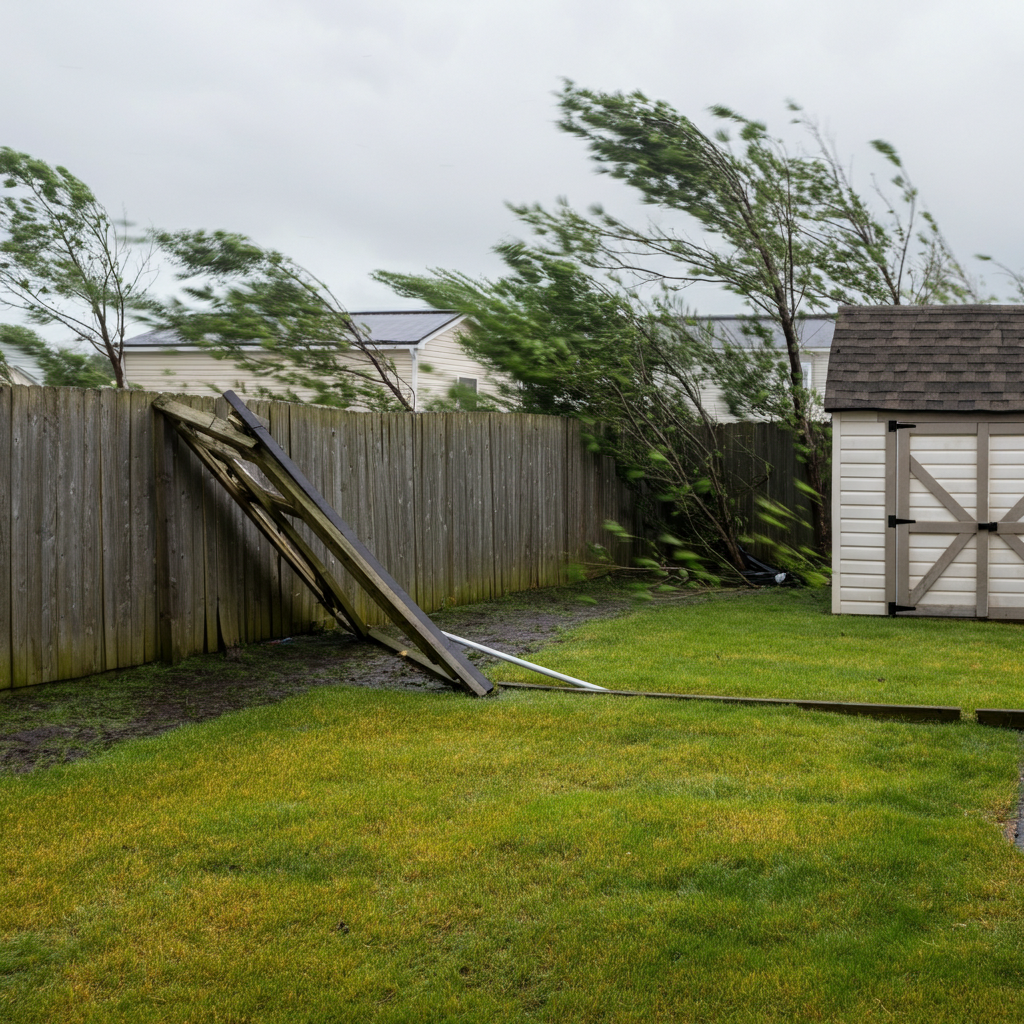
High Winds: A Question of Stability
Windy conditions can make certain aspects of a home inspection more dangerous.
- What We Observe: High winds can dislodge shingles, siding, or other exterior features, which we carefully document. Loose structures like fences or sheds may also need extra attention.
- What Slows Us Down: Climbing ladders or inspecting roofs may not be safe, requiring alternative methods like binoculars.
Pro Tip: We recommend addressing loose exterior components promptly to prevent wind damage.
Duration Impact: Inspections may take additional time due to limited access to elevated areas.
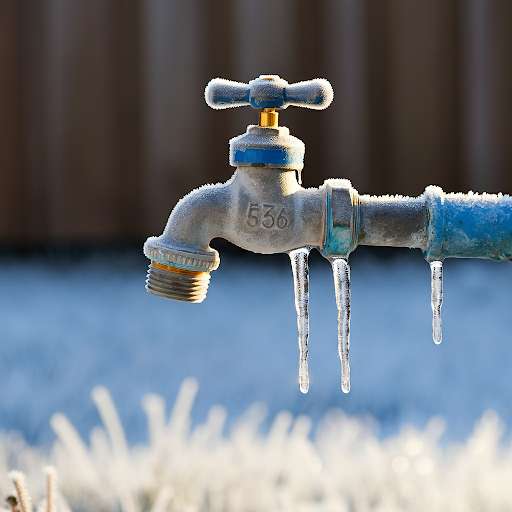
Cold Weather: Beyond Snow and Ice
Even without snow, cold weather impacts inspections in subtle ways.
- What We Observe: Frozen outdoor faucets, brittle materials, and slower HVAC systems may all be influenced by cold temperatures. Furnace systems and insulation effectiveness are often tested more rigorously during colder months.
- What Slows Us Down: Cold temperatures can make exterior inspections uncomfortable and require more time for thorough evaluation.
Pro Tip: During winter, we pay extra attention to heating systems and attic insulation for signs of inefficiency.
Duration Impact: Inspections in cold weather may take slightly longer due to additional testing and precautions.
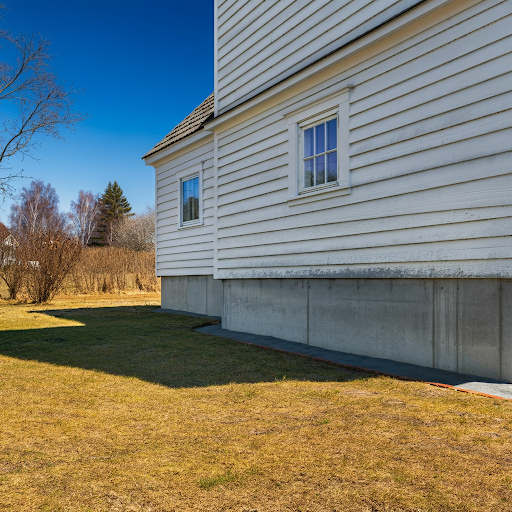
When Weather Helps Us Work Faster
Believe it or not, some weather conditions can actually speed up inspections:
- Mild Temperatures: Comfortable conditions allow us to inspect crawl spaces, attics, and exterior areas without delays.
- Dry Weather: Dry conditions make it easier to assess roofing, foundations, and exterior walls without obstacles like mud or pooling water.
Duration Impact: Mild and dry weather conditions often lead to quicker inspections.
The Bottom Line: Safety and Thoroughness First
As home inspectors, our priority is providing a thorough assessment while keeping safety in mind. Weather conditions might extend the timeline, but they can also offer unique insights, like spotting leaks during rain or detecting heat loss in extreme temperatures.
If we can’t inspect certain areas due to weather, we’ll clearly note it in the report and recommend a follow-up when conditions improve. Rest assured, our goal is always to give you the clearest picture of your home—rain, snow, or shine.
FAQ's
Can a home inspection be rescheduled due to bad weather?
Yes, if conditions pose safety risks or significantly limit our ability to inspect, we’ll work with you to reschedule.
What happens if parts of the inspection can’t be completed due to weather?
We’ll document the inaccessible areas in the report and recommend a follow-up inspection when conditions are safe.
Does weather impact the cost of a home inspection?
Typically, no. However, follow-up inspections may incur an additional fee if required to complete the process.
